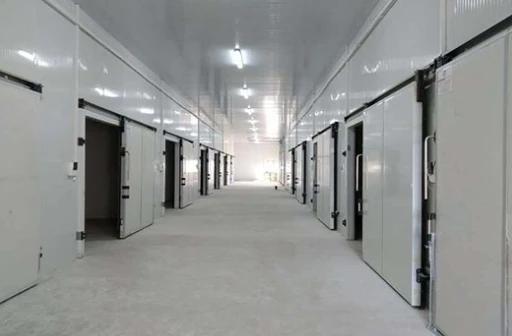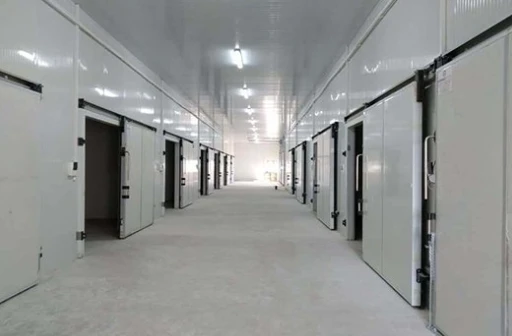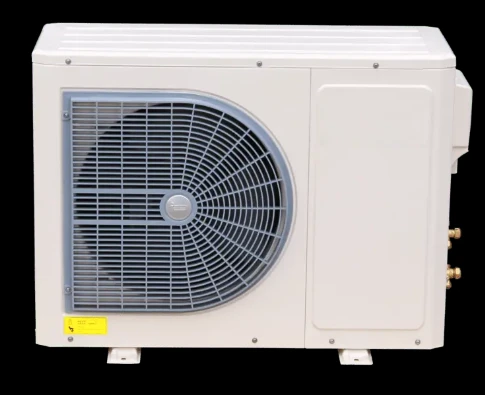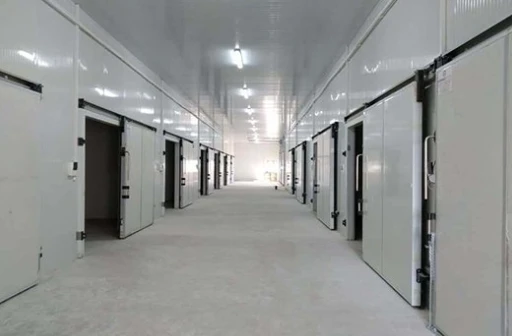Cold Room Panel Energy Savings
In the realm of cold storage and cooling systems, the choice of panels plays a pivotal role in ensuring efficient temperature regulation, energy conservation, and long-term durability. Among the key components that drive the performance of these systems are cold room panel, cooler room panels, and polyurethane cold room panels. These panels are not merely structural elements but are the backbone of maintaining stable temperatures in environments where precision cooling is critical, from food preservation to pharmaceutical storage. Understanding their unique characteristics, applications, and maintenance requirements is essential for anyone seeking to invest in reliable cooling solutions. This article delves into the specifics of each type, highlighting their features, benefits, and practical considerations to help you make informed decisions.

Understanding the Core Functions of cold room panel
Cold room panel are specialized structural components designed to construct insulated enclosures that maintain low temperatures, typically ranging from -40°C to 10°C. These panels are engineered to resist heat transfer, ensuring that the internal environment remains consistent regardless of external temperature fluctuations. They are widely used in industries such as food processing, where maintaining freshness of perishables like meat, dairy, and vegetables is paramount. Additionally, cold room panel find applications in pharmaceutical facilities, where vaccines and medications require strict temperature control to retain their efficacy. The versatility ofcold room panellies in their ability to be customized in size and thickness, making them suitable for both small-scale storage units and large industrial cold rooms.
The Unique Advantages of cooler room panels in Commercial Settings
Cooler room panels are tailored for smaller-scale cooling needs, making them indispensable in commercial spaces such as convenience stores, restaurants, and florists. Unlike larger cold room systems, cooler room panelsare designed to be lightweight, which simplifies installation and reduces the need for heavy structural support. This lightweight nature also allows for easier reconfiguration, a key benefit for businesses that may need to adjust their cooling space as operations grow. Another notable advantage ofcooler room panelsis their cost-effectiveness. They provide reliable cooling performance without the high upfront costs associated with larger cold storage solutions, making them an ideal choice for small to medium-sized enterprises. Moreover, cooler room panelsare often equipped with user-friendly features, such as easy-to-clean surfaces, which help maintain hygiene standards—critical in food and beverage industries.
Comparing cold room panel,cooler room panels, and polyurethane cold room panels : A Quick Overview
To better understand the differences and applications of these panels, let’s compare their key features in the table below:
|
Feature |
cold room panel |
cooler room panels |
polyurethane cold room panels |
|
Primary Use |
Large-scale cold storage (industrial, logistics) |
Small to medium cooling spaces |
High-insulation cold rooms (pharmaceuticals, precision storage) |
|
Insulation Performance |
Good |
Moderate to Good |
ยอดเยี่ยม |
|
Weight |
Heavier (due to thicker structure) |
Lightweight |
Moderate (balanced between insulation and thickness) |
Best Practices for Maintaining cooler room panels and cold room panel
Proper maintenance is key to ensuring the longevity and performance of both cooler room panels and cold room panel. Here are some essential steps to follow:
- Regular Cleaning: Wipe down panel surfaces with a mild, non-abrasive cleaner to remove dirt, debris, and spills. Avoid using harsh chemicals that could damage the panel’s finish.
- Inspect Seals and Joints: Check the seals around doors, corners, and panel edges for signs of wear or damage. Replace worn seals promptly to prevent cold air leakage, which wastes energy and reduces cooling efficiency.
- Monitor for Damage: Look for cracks, dents, or holes in the panels. Even small damages can compromise insulation, so repair them as soon as they are noticed.
- Check for Moisture Buildup: Inspect for condensation or moisture behind panels, as this can lead to mold growth. Ensure proper ventilation in the cold room or cooler to prevent moisture accumulation.
- Schedule Professional Inspections: At least once a year, have a professional inspect the panels and the entire cooling system to identify potential issues before they escalate.
By following these practices, you can extend the lifespan of your panels and keep your cooling system running efficiently for years to come.
FAQs about cold room panel,cooler room panels, and polyurethane cold room panels
What industries benefit most from using cold room panel?
Cold room panel are widely used in industries such as food processing and distribution, where large quantities of perishables need to be stored at low temperatures. They are also essential in the pharmaceutical industry for storing vaccines, biologics, and other temperature-sensitive medications. Additionally, logistics and shipping companies rely on cold room panel to maintain cold chains during transportation and warehousing.
How do cooler room panels adapt to different climate conditions?
Cooler room panels are designed with adaptive insulation properties that allow them to perform in various climates. In hot and humid regions, their moisture-resistant features prevent heat and humidity from seeping in, while in colder climates, they retain cold air effectively. Their lightweight design also makes them easier to insulate further if needed, ensuring consistent performance regardless of external weather conditions.
Are polyurethane cold room panels environmentally friendly?
Yes, polyurethane cold room panels are considered environmentally friendly due to their energy efficiency. By reducing heat transfer, they minimize the need for constant operation of cooling systems, which lowers energy consumption and reduces carbon emissions. Additionally, many manufacturers produce polyurethane panels using eco-friendly blowing agents that have a low global warming potential, making them a sustainable choice for green buildings.
Can cooler room panels be relocated if a business expands?
Absolutely. cooler room panels are designed to be modular and lightweight, which means they can be disassembled and relocated with relative ease. This flexibility is a major advantage for growing businesses, as it allows them to adjust their cooling space without investing in entirely new panels. However, it is important to hire professionals for relocation to ensure panels are handled correctly and reinstalled properly to maintain their performance.
How do I choose between cold room panel and cooler room panelsfor my business?
The choice depends on your specific needs. If you require large-scale cold storage (e.g., storing tons of frozen goods or pharmaceuticals), cold room panel are the better option. For smaller, more flexible cooling spaces (e.g., a restaurant walk-in cooler or a convenience store display), cooler room panels are more suitable. If insulation and energy efficiency are critical, consider polyurethane cold room panels regardless of scale, as they offer superior thermal performance.
Whether you need robust cold room panel for industrial storage, versatile cooler room panels for commercial spaces, or high-performance polyurethane cold room panels for precision insulation, choosing the right panels is essential for maintaining efficient, reliable cooling systems. Our company specializes in providing top-quality panels tailored to your unique needs, backed by expert guidance on installation, maintenance, and customization.
















































































































